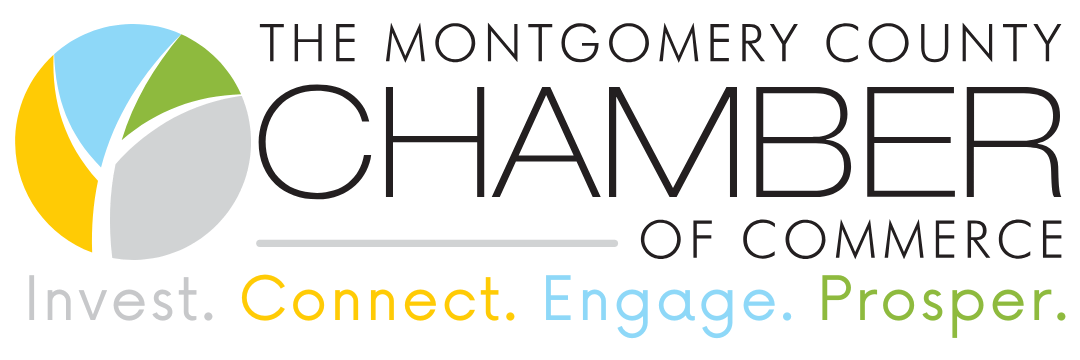Cash Flow Basics: What Every Small Business Owner Needs to Understand
Cash Flow Basics: What Every Small Business Owner Needs to Understand
Cash flow—the movement of money in and out of your business—is the lifeblood of your day-to-day operations. Even profitable businesses can fail without healthy cash flow. This post will help you understand, track, and improve cash flow so your venture thrives in Blacksburg, Christiansburg, and beyond.
1. Cash Flow vs. Profit: What’s the Difference?
Profit is what’s left after expenses are subtracted from revenue.
Cash flow tracks when money actually arrives or is spent.
You can be profitable on paper but still go broke if payments are late or expenses hit too quickly.
Example: A Radford vendor charges $5,000 to a client in March. If that client waits until May to pay, you may struggle in April—despite eventually showing profit.
2. Build a Simple Cash Flow Forecast
You don’t need Excel complicators—just this:
| Week | Cash In | Cash Out | Net Flow |
|---|---|---|---|
| 1 | $2,000 | $1,500 | +$500 |
| 2 | $1,000 | $2,000 | -$1,000 |
| 3 | $3,000 | $1,200 | +$1,800 |
Track your typical inflows (sales, payments) and outflows (rent, payroll, inventory). You’ll be able to forecast shortages and plan ahead.
3. Monitor Your Accounts Receivable (AR)
Slow-paying clients are a cash flow challenge.
- Set clear payment terms: "Net 30" is standard—invoice immediately after delivery, and follow up a week before it's due.
- Offer small discounts for early payment (e.g., 2% if paid within 10 days).
- When needed, send reminders or call directly to maintain cash flow—politely but firmly.
Use accounting software like QuickBooks or Wave to help track and automate reminders.
4. Reduce Cash Flow Gaps
Prepare for lean times—especially slower months in Montgomery County.
-
Negotiate payment terms with suppliers (Net 30–60)
-
Keep a cash reserve equal to 1–2 months of expenses
-
Schedule expenses across multiple dates rather than a single large debit
-
Bundle purchases to reduce shipping or service fees
Having those reserves helps when you experience seasonal lulls or unexpected bills.
5. Understand the Timing of Loan Payments
If you’ve financed equipment, new vehicles, or a location:
-
Include loan payments in your forecast
-
Know whether interest is deductible (consult your accountant)
-
Consider balloon payments or seasonal payment plans
Coordinate your repayment terms with higher-income months to maintain stable cash flow.
6. Learn From Business Finance Metrics
Measure success with simple financial ratios:
-
Current Ratio = Current Assets ÷ Current Liabilities
A ratio of >1.0 means you can pay short-term debts. -
Receivables Turnover = Annual Sales ÷ Avg. Accounts Receivable
Higher turnover indicates faster cash collection.
Benchmark your ratios using local averages in the New River Valley finance community.
7. Tools That Help Cash Flow Management
-
Cloud Accounting Software (QuickBooks, Xero, Wave)
-
Business Credit Line: A small credit cushion for emergencies
-
Chamber-Member Bookkeepers and CPAs—find them in our directory.
8. Protecting Cash Flow in Uncertainty
Prepare for the unexpected—pandemics, supply issues, or economic ups and downs:
-
Stress test your forecast with 50% revenue drop scenarios
-
Diversify income streams (e.g., workshops, consulting, online sales)
-
Adjust expenses proactively: cut subscriptions, reduce overtime, renegotiate contracts
The Chamber hosts finance workshops that address small business resiliency—check the calendar for details.
9. How the Chamber Can Help
Cash flow health is essential. Here’s how we support:
-
Finance bootcamps with local experts
-
Connections to NRCC’s accounting students and internships
-
Referrals to trusted bookkeeping services
-
Encouragement to attend networking events to accelerate payments and partnerships
Getting your cash flow in order helps you show up confidently in every aspect of your business.
Ready to Boost Your Cash Flow?
Strong cash flow means smoother operations, better borrowing power, and higher resilience.
Start today:
-
Attend our finance workshops: https://business.montgomerycc.org/events/calendar
-
Reach out to connect with advisors: marketing@montgomerycc.org
-
Explore Chamber membership and professional support: https://www.montgomerycc.org

